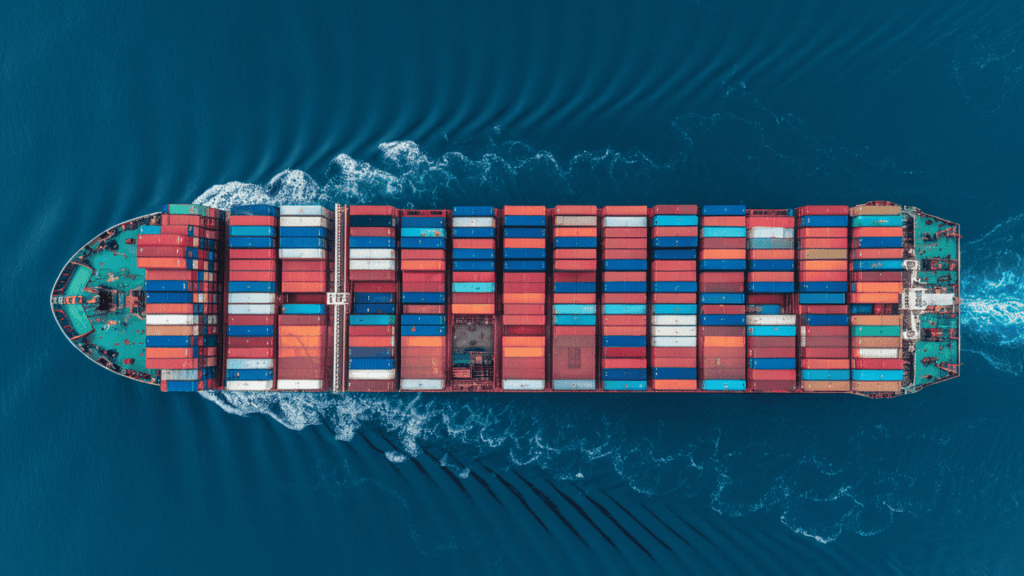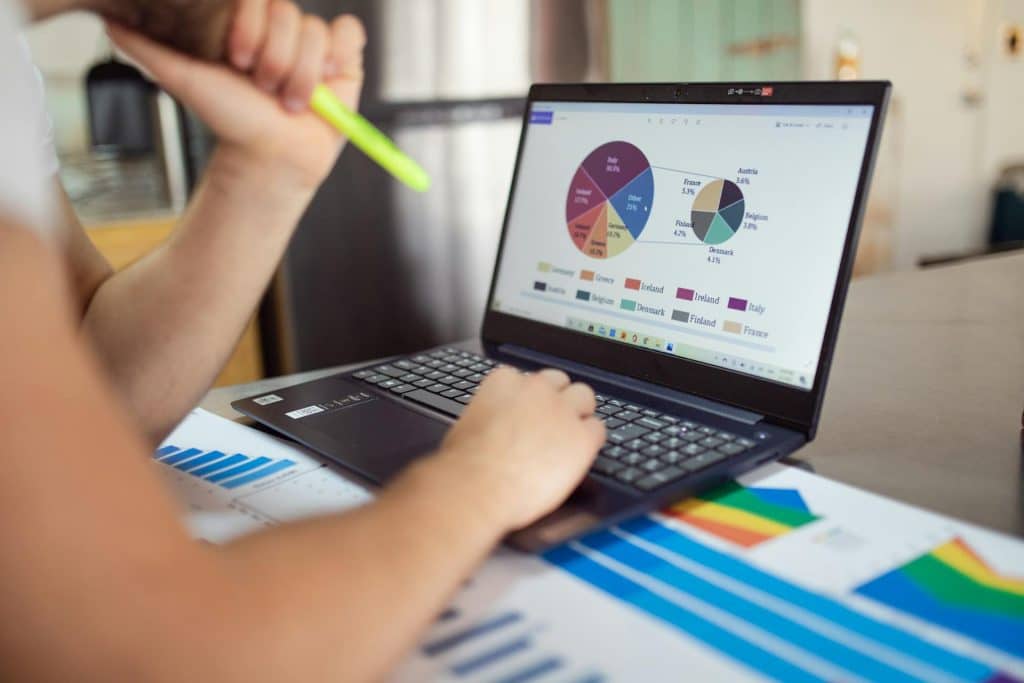Ever wonder how money shapes global politics?
Behind every alliance, treaty, or trade deal, there’s a powerful force at work: economic diplomacy.
Countries utilize trade and investment as tools to foster relationships, gain influence, and safeguard their interests. It’s not just about goods crossing borders, but it’s about power, strategy, and survival.
In this blog, I’ll show you how trade and investment drive foreign policy. You’ll learn what economic diplomacy is, why it matters, and how nations use it to shape the world.
What Is Economic Diplomacy?
Economic diplomacy is the use of economic tools, such as trade, investment, aid, and sanctions, to achieve foreign policy objectives.
It’s when countries:
- Sign trade agreements to strengthen partnerships
- Offer loans or investments to win allies
- Impose sanctions to pressure rivals
- Use economic incentives to open new markets
Think of it as diplomacy with a price tag. Instead of relying solely on military power or political negotiations, nations utilize their economic strength to influence others.
Why Trade and Investment Matter in Foreign Policy?
Trade and investment are central to how countries interact today. Here’s why they matter so much.
- Building alliances: Trade ties create mutual dependence. When two countries trade heavily, they’re less likely to go to war. Economic relationships build trust over time.
- Gaining influence: Countries that invest in others gain a seat at the table. They help shape policies, infrastructure, and even political decisions in those nations.
- Creating jobs and growth: Foreign policy isn’t just about security. Leaders want economic growth at home. Trade deals open markets for exports. Investments bring jobs and technology.
- Pressuring rivals: Economic tools can isolate or weaken opponents. Sanctions cut off access to markets, funds, or technology. They’re often cheaper and safer than military action.
In short, money talks. Nations that control trade routes, investment flows, or key resources hold real power in the global system.
Key Tools of Economic Diplomacy
Countries employ various tools to convert economic power into political influence. Here are the most common ones:
| Tool | How It Works | Purpose |
|---|---|---|
| Trade Agreements | Lower tariffs and open markets between countries | Create long-term partnerships and economic ties |
| Investment Treaties | Protect foreign investors and encourage cross-border investment | Build economic ties and spread influence |
| Economic Sanctions | Restrict trade, freeze assets, or block financial transactions | Punish or pressure other nations |
| Foreign Aid | Provide financial assistance to developing countries | Secure loyalty or access to resources (often tied to political conditions) |
| Infrastructure Projects | Build ports, roads, or power plants in other countries | Create dependence and influence (e.g., China’s Belt and Road Initiative) |
| Energy Deals | Sign agreements for oil, gas, and renewable energy | Gain leverage through control over energy supply |
These tools work together. A country might offer aid and investment to build goodwill, then use trade agreements to lock in benefits.
Examples of Economic Diplomacy in Action
Let’s examine real-world cases where trade and investment have shaped foreign policy.
1. U.S.– China Trade Relations
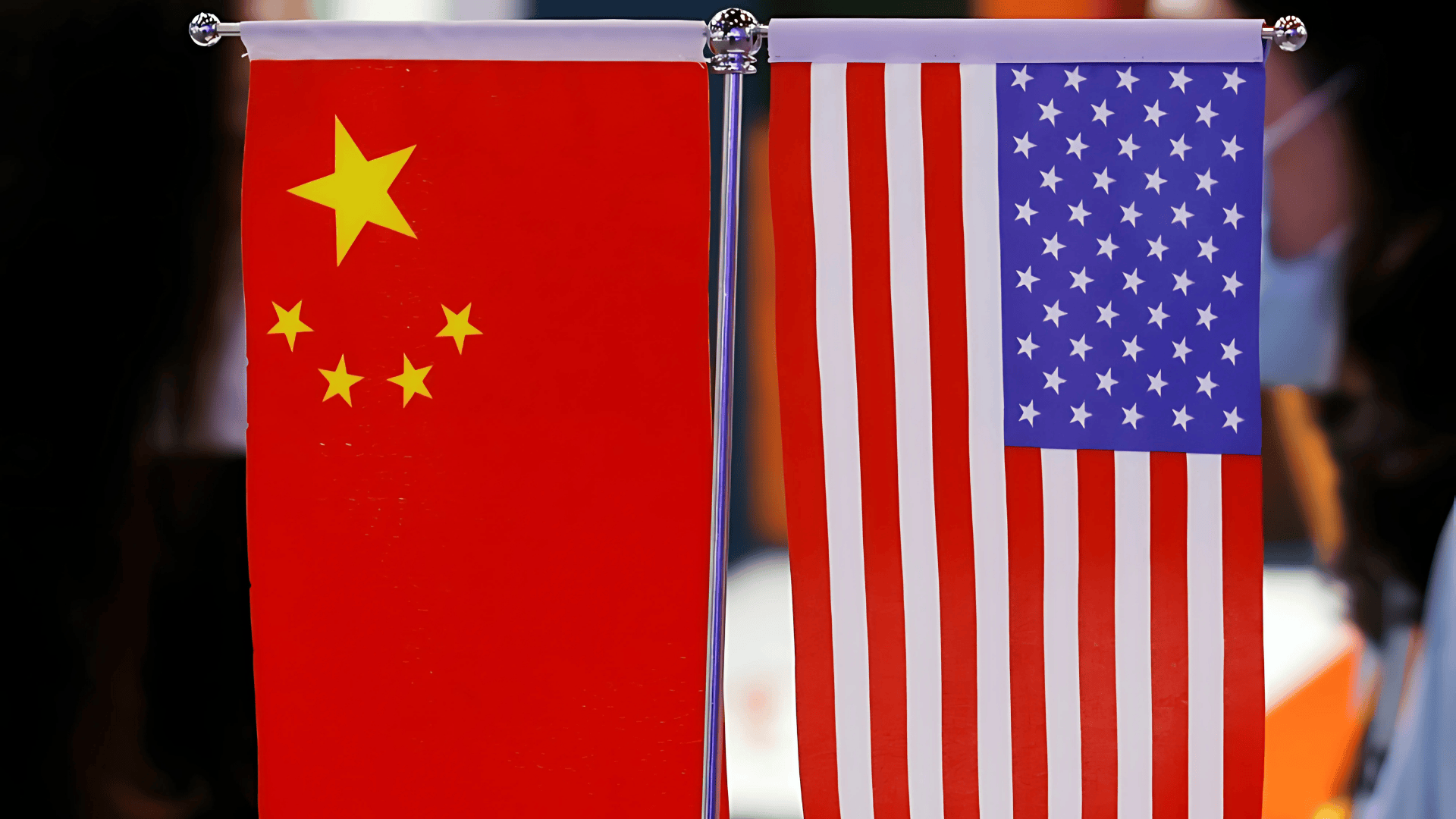
The trade relationship between the U.S. and China is a clear example of economic diplomacy. Both nations depend on each other economically, but they also compete for global influence.
The U.S. has used tariffs and trade restrictions to pressure China on issues like technology, human rights, and military expansion.
Meanwhile, China uses its massive market and investment power to build alliances across Asia, Africa, and Latin America.
2. EU Trade Deals
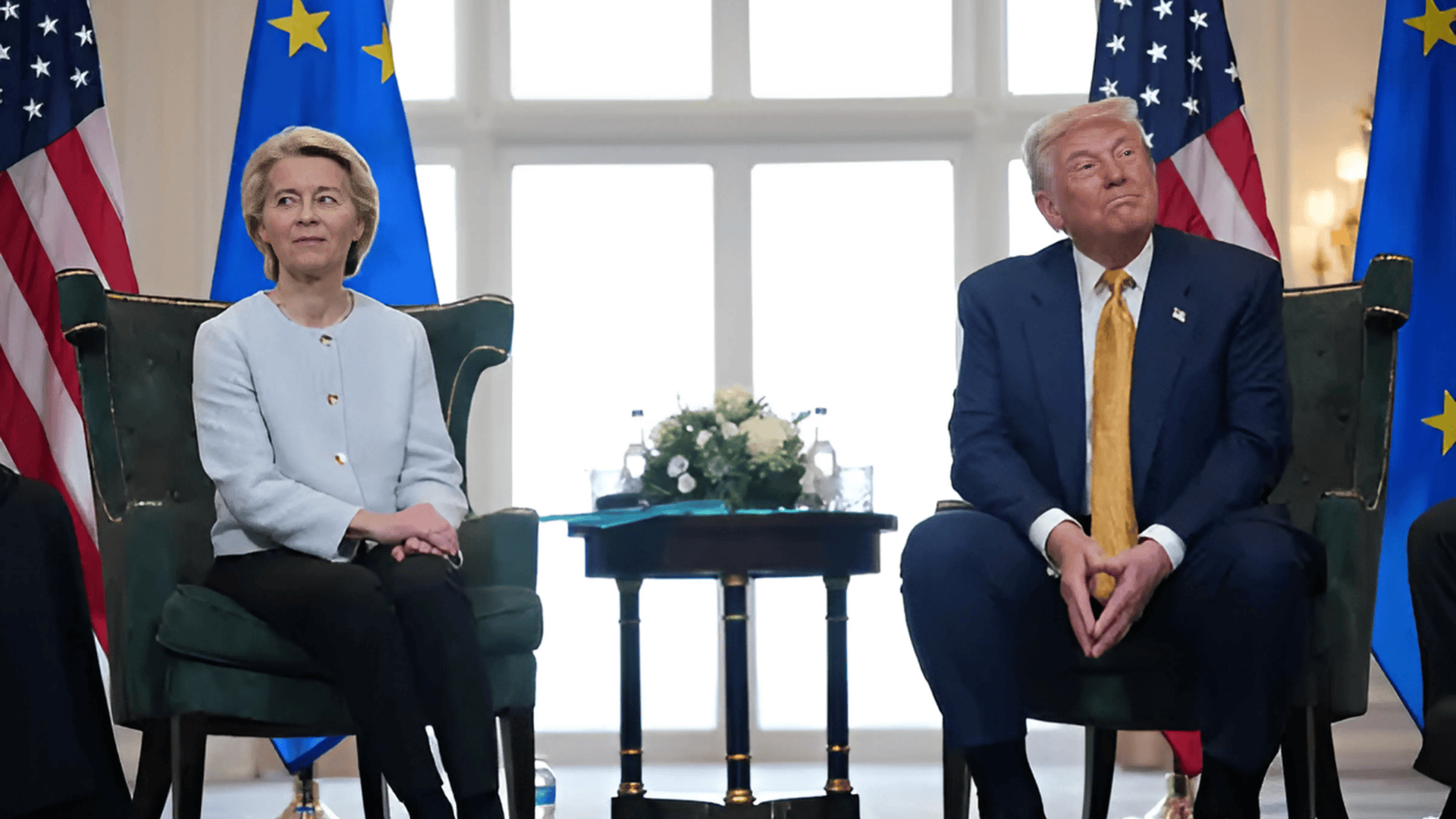
The European Union uses trade agreements to spread its values and standards.
By offering market access, the EU pushes partner countries to adopt labor rights, environmental protections, and democratic reforms.
It’s a way to exert influence without resorting to military force.
3. Investment Diplomacy in Africa
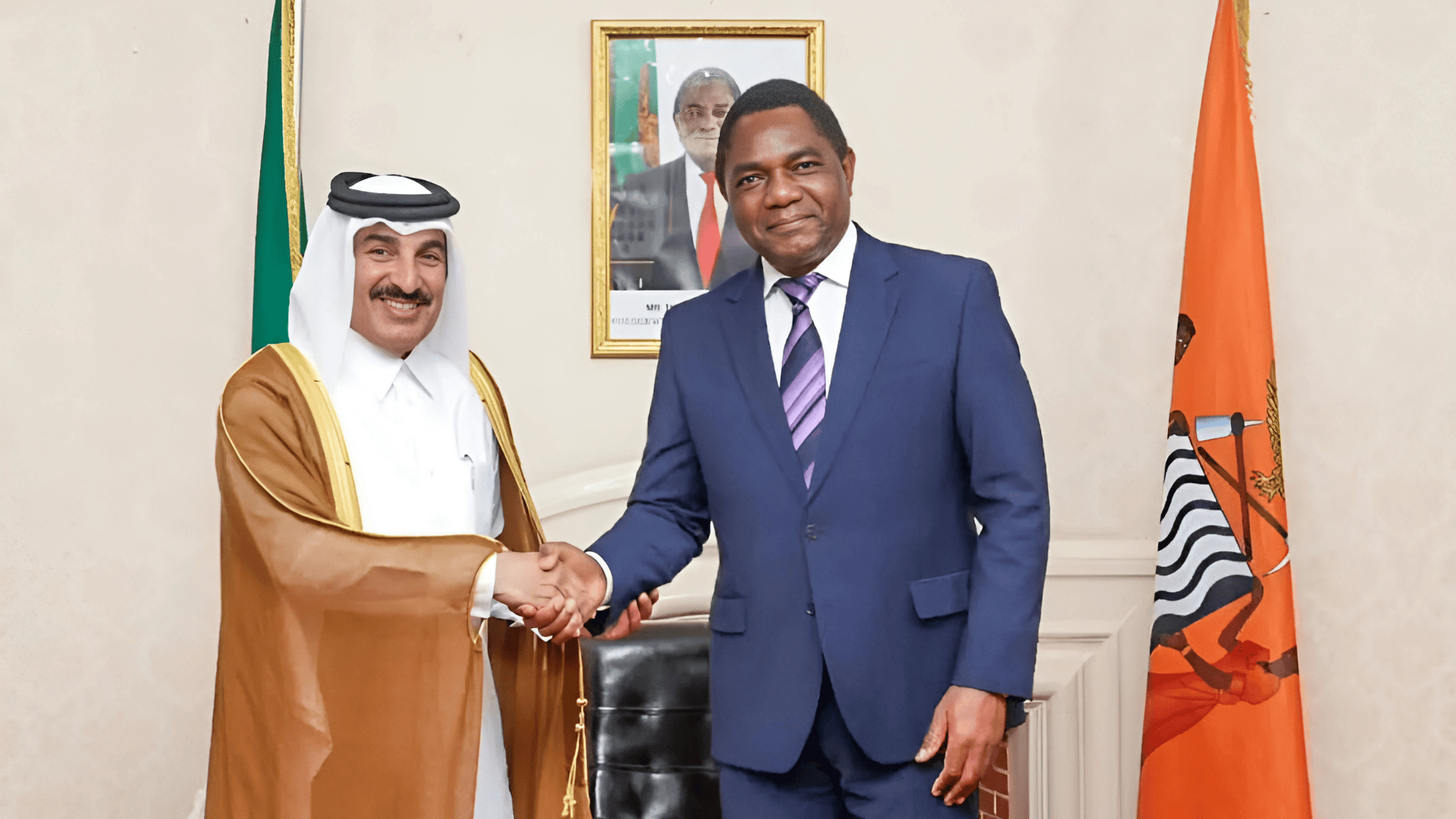
China has invested billions in African infrastructure, ports, railways, and energy projects.
These investments establish economic ties and provide China with political leverage. African nations gain much-needed development, but they also become dependent on Chinese loans and technology.
Meanwhile, Western countries, such as the U.S. and France, are now increasing their own investments to compete for influence.
4. Russia’s Energy Diplomacy
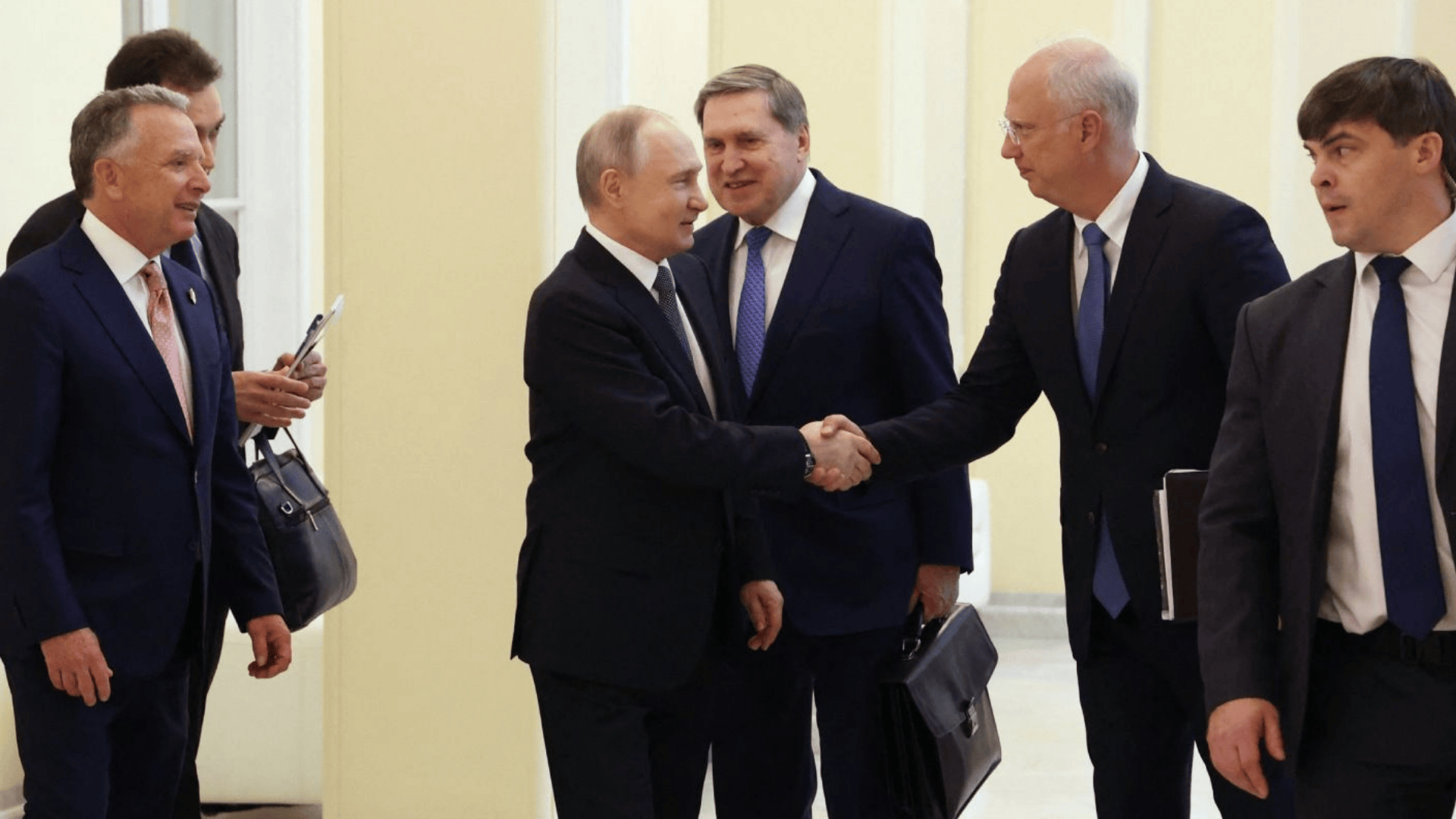
Russia uses its oil and gas exports as a foreign policy tool. European countries that depend on Russian energy face tough choices when tensions rise.
By controlling energy flows, Russia gains leverage over its neighboring states and the European Union’s policies.
Challenges and Criticisms of Economic Diplomacy
Economic diplomacy isn’t perfect. It comes with risks and downsides.
- Economic Dependency: Smaller nations become too dependent on larger powers. This limits their freedom to make independent decisions.
- Inequality: Trade deals often favor stronger economies. Weaker countries face unfair terms or exploitation.
- Debt Traps: Heavy loans can lead to debt crises. Countries may lose control of assets or policies to repay loans.
- Misuse of Sanctions: Sanctions hurt ordinary citizens more than governments. They cause food shortages, medical crises, or economic collapse.
- Corruption: Aid and investment can fuel corruption if not managed properly. Money meant for development ends up in the wrong hands.
These issues demonstrate that economic diplomacy must be employed with caution. Without fair terms and transparency, it can do more harm than good.
Best Practices for Designing an Economic Diplomacy Strategy
For policymakers, think tanks, and students looking to understand or design effective strategies, here are some key principles:
- Align economic goals with long-term interests: Don’t just chase short-term profits; instead, prioritize long-term interests. Build relationships that last and serve broader strategic objectives.
- Balance mutual benefit: Both parties should benefit from trade and investment agreements. One-sided agreements breed resentment and instability.
- Use transparency: Clear terms and open processes build trust. Hidden clauses or debt traps damage credibility and relationships.
- Combine soft and hard power: Economic tools are most effective when paired with diplomacy, cultural exchange, and security cooperation.
- Monitor impact: Track how investments and trade deals affect both nations. Adjust strategies based on results, not assumptions.
- Avoid over-reliance on sanctions: Sanctions should be targeted and time-limited. Overuse can backfire, hurting innocent people or pushing rivals closer together.
- Invest in capacity building: Assist partner nations in developing their own industries and skills. This creates stronger, more independent allies over time.
Good economic diplomacy isn’t just about power. It’s about building a stable, prosperous global system that benefits everyone.
The Bottom Line
Economic diplomacy shows that trade and investment go beyond business. They’re tools of power and influence. Countries use them to build alliances, gain leverage, and achieve foreign policy goals.
Trade agreements and infrastructure projects significantly shape global politics on a daily basis.
When nations invest in each other, they create dependencies that affect political decisions. Economic ties can strengthen friendships or create pressure points.
Understanding how trade and investment influence foreign policy helps you see the world more clearly. These economic connections explain why some countries support each other while others clash.
How do you think economic diplomacy will shape the future of global politics? Share your thoughts below.

